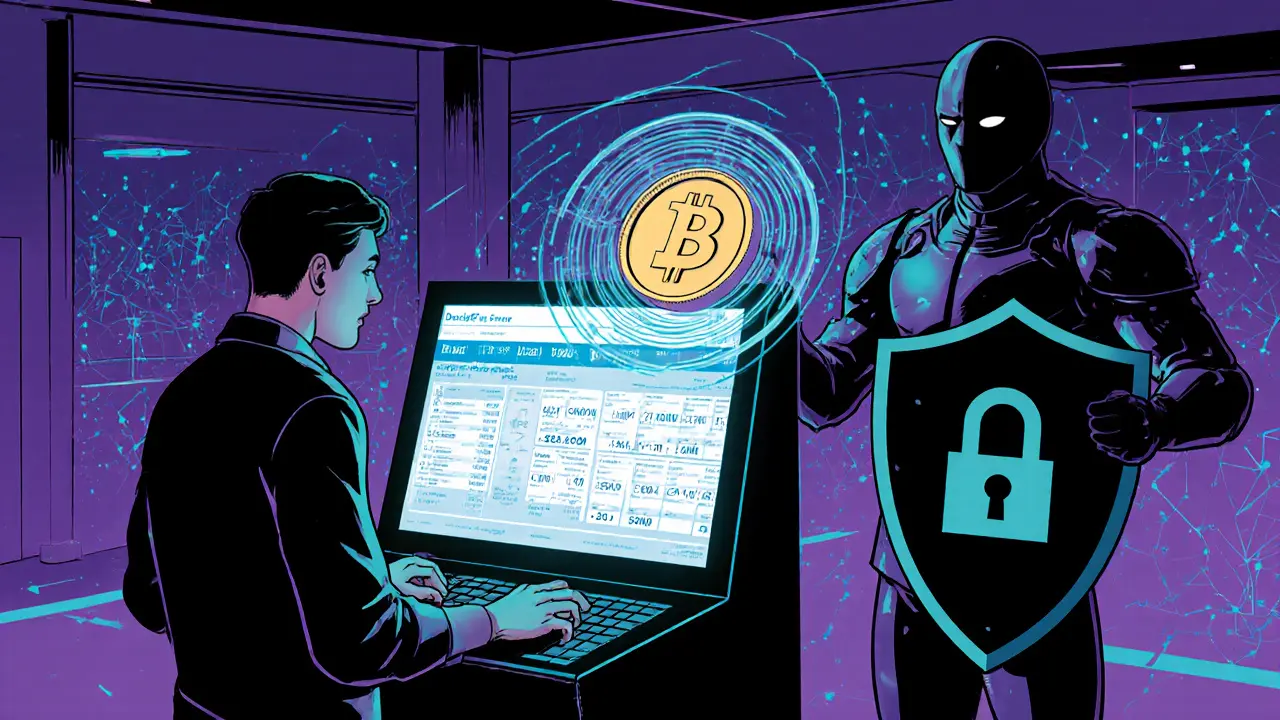Cryptocurrency Exchange Security
When working with cryptocurrency exchange security, the set of measures protecting digital‑asset platforms from hacks, fraud, and regulatory breaches. Also known as exchange security, it combines technical safeguards, policy controls, and user education.
This space isn’t just about firewalls. crypto exchange enforcement shapes the risk landscape by penalizing weak practices and rewarding robust ones, so a clear link forms: stronger enforcement pushes platforms to upgrade their defenses. At the same time, a smart contract audit acts as a pre‑emptive strike—by scanning code for reentrancy bugs, flash‑loan exploits, or vulnerable logic, auditors cut the attack surface before a single dollar is at risk. Meanwhile, regulatory compliance isn’t a box‑ticking exercise; it dictates KYC/AML procedures, data‑privacy standards, and reporting duties that directly affect how an exchange secures user funds. Put together, these three pillars—enforcement, audit, and compliance—create a feedback loop: tighter rules drive deeper audits, which uncover hidden flaws, prompting regulators to refine guidelines. In practice, that means you’ll see exchanges publishing transparency reports, adopting multi‑signature wallets, and integrating real‑time monitoring tools to flag suspicious activity instantly.
Why This Matters for Traders and Developers
Understanding the interplay between cryptocurrency exchange security and its surrounding ecosystem helps you make smarter choices. If an exchange has a solid track record of passing independent audits and cooperating with regulators, you’re less likely to lose assets to a breach. Conversely, platforms that skirt enforcement or skip thorough code reviews often become headline‑making victims of hacks—think of the Thodex exit scam that cost users billions. By the time you read the posts below, you’ll recognize red flags like delayed compliance updates, missing audit reports, or unusually low fees that hide hidden costs. You’ll also pick up practical steps: enabling hardware‑based 2FA, diversifying holdings across compliant venues, and staying alert to new enforcement actions that could affect liquidity. Armed with this context, the articles and reviews that follow become more than just reads; they turn into a checklist for securing your crypto journey.
HSM key management is the backbone of cryptocurrency exchange security. Learn how hardware security modules protect private keys, prevent hacks, and ensure regulatory compliance with real-world examples from Kraken, Coinbase, and more.
Learn how cryptocurrency exchanges stop double‑spending attacks with confirmations, consensus mechanisms, and real‑time monitoring.


